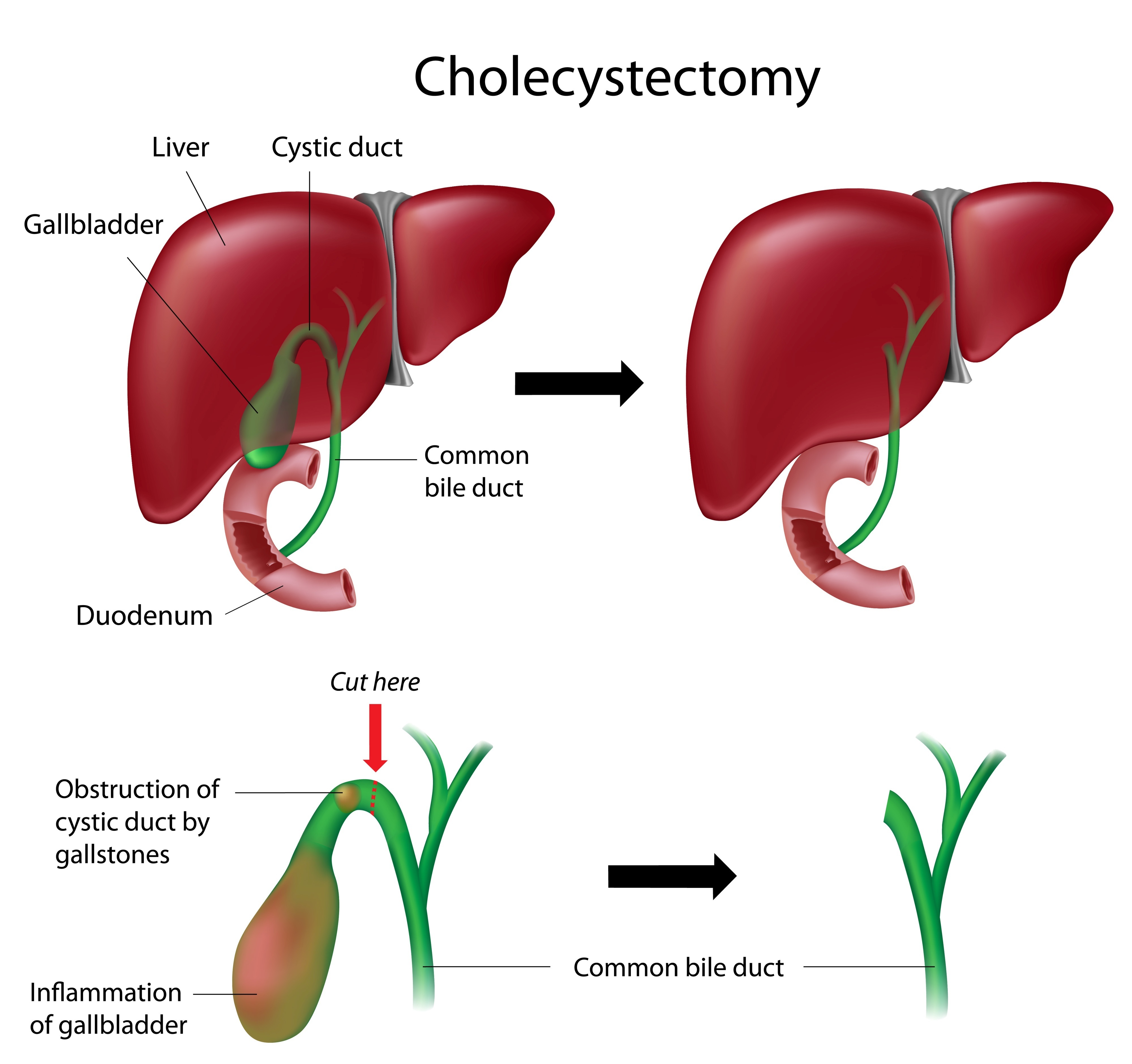
Cholecystectomy means removal of the Gall Bladder with its contents. The most common indication by far is the presence of stones in the Gall Bladder, Gallstones. If symptomatic, or caused complications, then cholecystectomy is indicated.
Laparoscopic Cholecystectomy has been done since 1988. It has evolved to accommodate new technology we have today. Traditional Laparoscopic Cholecystectomy is done through four small incisions, through which the Gall Bladder is removed completely with its contents.
Single-port laparoscopy (SPL), also known as single-port access surgery (SPA), single-port incisionless conventional equipment-utilizing surgery (SPICES), single-incision laparoscopic surgery (SILS), Single-access endoscopic surgery (SAES), laparo-endoscopic single-site surgery (LESS), natural-orifice transumbilical surgery (NOTUS), and one-port umbilical surgery (OPUS), is a recently developed technique in laparoscopic surgery. It is a minimally invasive surgical procedure in which the surgeon operates almost exclusively through a single entry point, typically the patient’s navel. Unlike a traditional multi-port laparoscopic approach, SPL leaves only a single small scar. The advantage is purely cosmetic. It is more expensive, as it involves the use of non-traditional instruments to facilitate the procedure. Cholecystectomy as well as other procedures can be done now through single incision.

